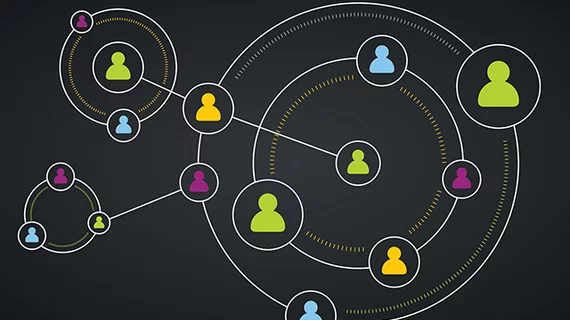7 connectivity challenges for those in medical technology
Never has so much data been available—but those in medicine face the ongoing challenge of making the most of what’s available.
A new report from Deloitte examined just how medical technology companies can improve outcomes, reduce costs and bolster efficiency.
“The health care and life sciences industries are in transition from reactive and largely episodic models of care that are proving increasingly costly and inefficient to operate, to care models that are proactive, digitally-enabled and deliver better value for patients,” wrote the researchers, led by Karen Taylor, direct of Deloitte’s U.K. Centre for Health Solution. “Medtech companies and the IoMT can capitalise on the possibilities presented by these changes to help to connect patients, providers and payers and enable them all to become more patient centric, productive and cost effective.”
MarketsAndMarkets, a research and consulting firm, estimates the medical technology industry is set to quadruple in value by 2022—to an astonishing $158.1 billion from $41.2 billion in 2017. The Internet of Medical Things (IoMT), as report describes, is a connected infrastructure of devices, software applications and health systems.
It will face seven major challenges in widespread adoption:
- Funding
- Interoperability
- Cybersecurity
- Regulatory change
- Digital talent and building capabilities
- Maintaining trust
- Scale
“While the IoMT has the potential to help alleviate some of the cost, access and care coordination challenges facing health care, the generation of data points through millions of connected medical devices will have little impact unless turned into actionable insight,” Taylor et al. wrote. “Medtech companies will need to develop new strategies to harness the data provided by their digitally-enabled products and make their business and operating models relevant and competitive. For some medtech companies, this will include shifting from a product-based model to a value-based system.”
Developers of medical technology face an opportunity, though, as the industry trends toward value-based care. According to the report, these company can become more than suppliers of innovation. They can become partners with healthcare providers.
“Technology itself will become a treatment, as evidenced by the new generation of mobile apps increasingly appearing in treatment guidelines—initiatives like point-of-care testing to improve the diagnosis of sepsis, tests to differentiate between bacterial and viral infections to reduce over-prescribing of antibiotics and the FDA’s call for [medical technology] to help find alternative treatments to the opioid crisis,” the authors wrote.
The report further details opportunities in artificial intelligence, voice-recognition and data sharing.
The full report is available for free here.

